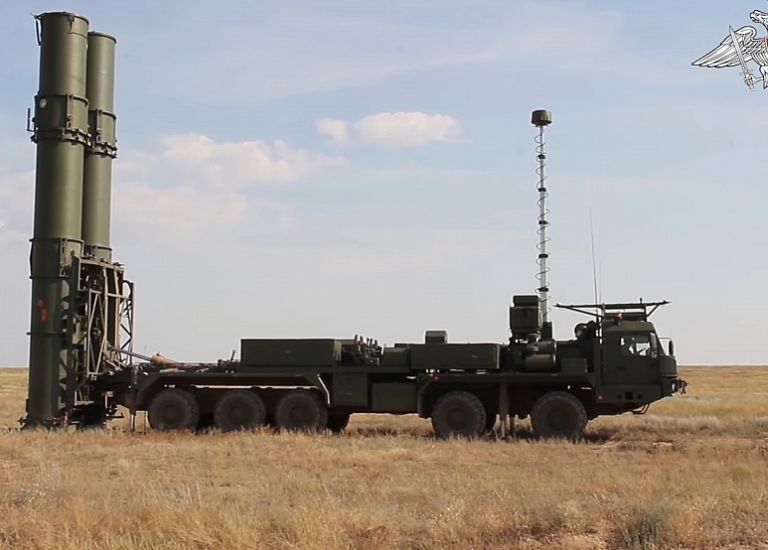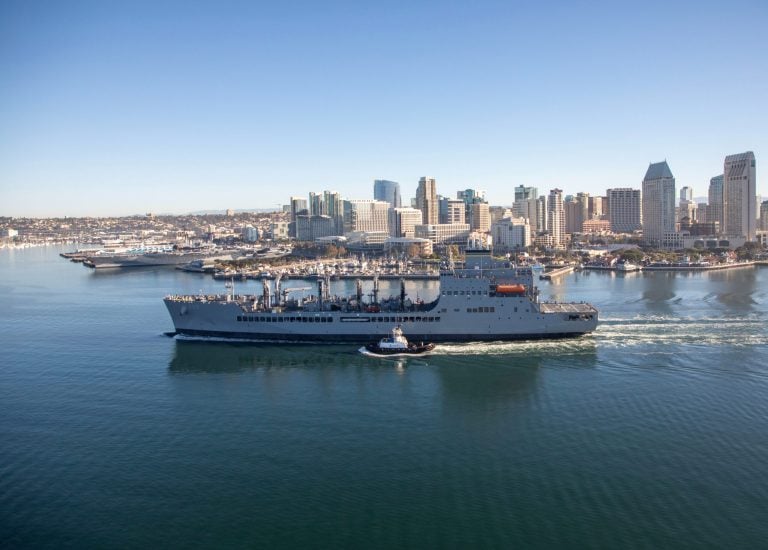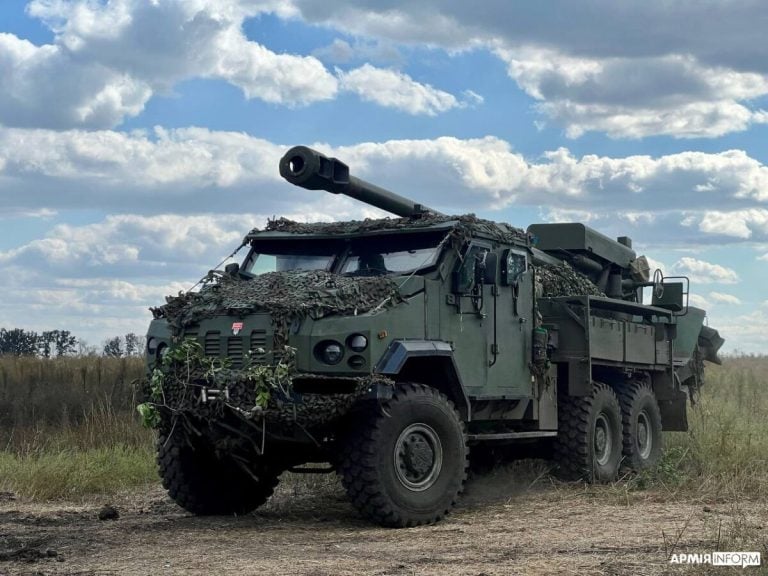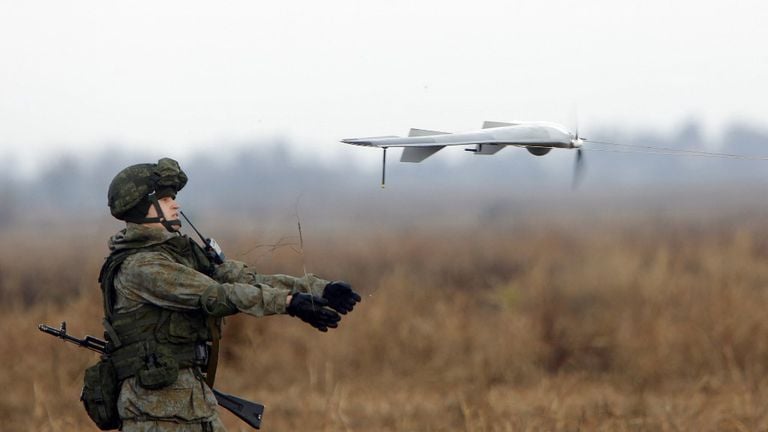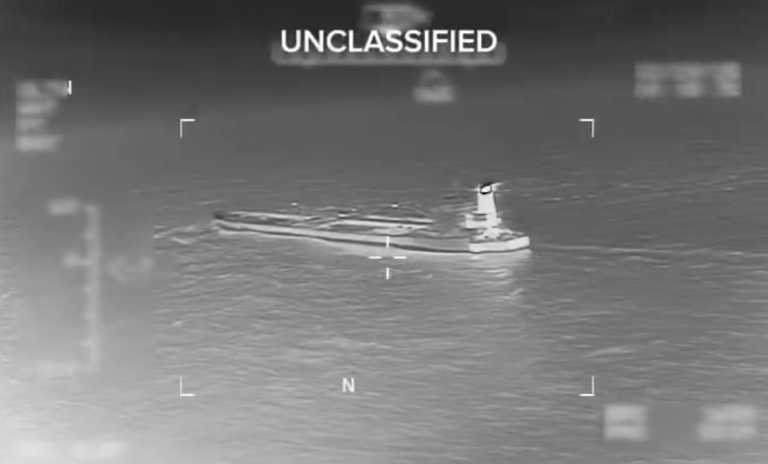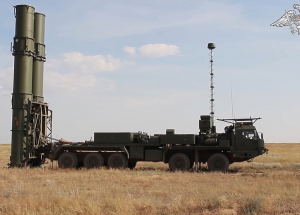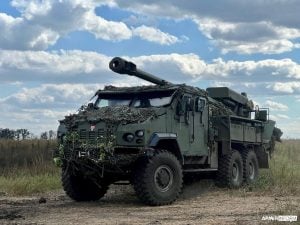Britain is set to enhance its nuclear deterrence capabilities with the reintroduction of fighter jets equipped to carry atomic weapons, signaling a pivotal shift in the nation’s defense strategy. This move, announced by Prime Minister Keir Starmer’s office, will see the procurement of 12 nuclear-capable F-35A fighters, marking what Downing Street terms the most significant strengthening of the UK’s nuclear posture in a generation.
Starmer is expected to unveil this initiative at the upcoming NATO summit, emphasizing the importance of these state-of-the-art aircraft in bolstering the UK’s defenses and its commitment to NATO’s nuclear mission. He stated that these F-35 dual-capable jets would initiate “a new era for our world-leading Royal Air Force” and serve as a deterrent against threats to the UK and its allies.
NATO Secretary General Mark Rutte expressed strong support for the announcement, calling it “yet another robust British contribution to NATO.” This move comes in response to escalating security concerns, especially in light of the ongoing conflict between Russia and Ukraine, which has prompted a reassessment of nuclear strategies across Europe.
Historically, since the Cold War concluded, Britain’s nuclear deterrence strategy had relied exclusively on submarine-launched missiles. Heloise Fayet, a nuclear expert from the French Institute of International Relations, noted that during the post-Cold War period, there was little interest in tactical nuclear weapons within Europe due to a perceived lull in threats. However, she remarked that the latest announcement reflects a “continued re-nuclearization of Europe” and the recognition of a renewed necessity for nuclear arms amid rising tensions with Russia.
The F-35A, produced by American defense contractor Lockheed Martin, is a variant of a version already employed by the UK, with the additional capability of carrying nuclear warheads along with conventional armaments. The Royal Air Force has long advocated for this acquisition, which is expected to see the new planes stationed at Marham Air Force Base in eastern England.
This strategic enhancement not only underscores Britain’s commitment to collective defense within NATO but also marks a significant moment in the evolution of its military capabilities amid a shifting global landscape. As tensions simmer and conflicts persist, the updating of Britain’s nuclear posture illustrates a determined effort to adapt to contemporary security challenges.



